Why Weed and Feed is Bad for Your Lawn
BY LASHONDA TUCKER | AUGUST 7TH, 2023 | BLOG, LAWN CAREWeed and feed is the perfect way to multitask without extra effort. You can zap away weeds and give your grass nourishment at the same time. While that may be true, there are reasons why weed and feed is bad for your lawn. This article presents some of those reasons. Keep reading for information that will help you decide if weed and feed products are right for your yard.
7 Reasons Why Weed and Feed is Bad for Your Lawn
Weed and feed can be beneficial if used at the right time and correctly. However, many factors determine the product’s usefulness versus the adverse effects it can have. Here are seven reasons weed and feed is bad for your lawn:
1. Harmful to Humans, Especially Children
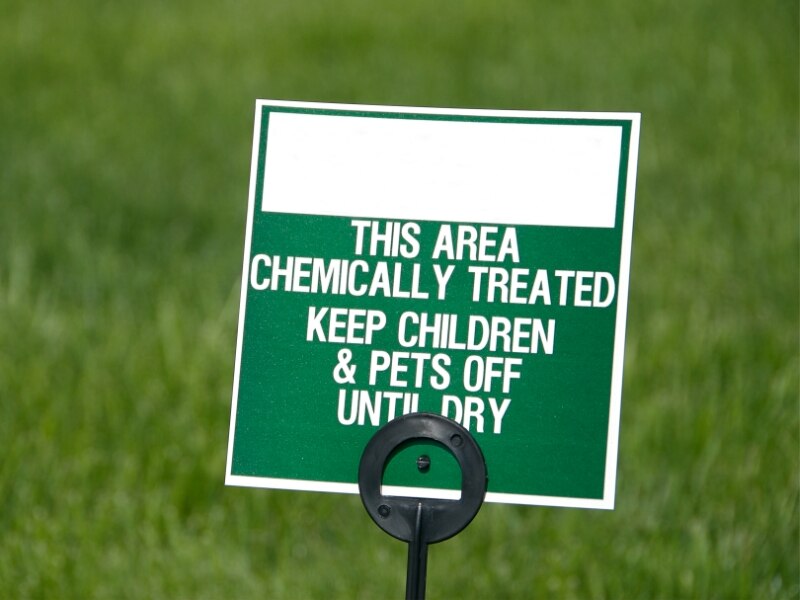
Photo Credit: ArtBoyMB / Canva Pro / License
Weed and feed products contain a combination of dangerous chemicals. The chemical 2, 4-D has been found to cause acute and chronic toxicity and organ toxicity. The International Agency for Research considers it to be a possible carcinogen. It is also an endocrine disruptor, which means it disrupts the normal functioning of the body’s hormones.
Children are affected as they come into physical contact with it, allowing the chemicals to be absorbed into their skin, and touch their faces or put their fingers or other objects they have touched after exposure into their mouths. Chemicals are also tracked into the house, increasing exposure beyond a child’s normal outside contact.
2. Excessive Coverage
Lawns are not usually covered with weeds as much as they are with grass. But when you use granular weed and feed products, a spreader is typically used, and the entire lawn is covered.
More of the weed control product is used than necessary, and it is used on a larger area than necessary. So, even though you have a small percentage of broadleaf weeds, like dandelions, weed and feed products are applied to the entire lawn, whether that section has weeds or not. You compromise the health of the grass because it is getting too much herbicide. This also increases how much is released into the environment.
3. Environmental Damage
As stated previously, weed and feed is spread over the entire lawn instead of only the part that is having the weed problem. This use of more chemicals means more runoff into storm drains, affecting the water supply and aquatic life. It also means more toxic substances are released into the air we breathe.
4. Stops Seed Germination of Other Plants
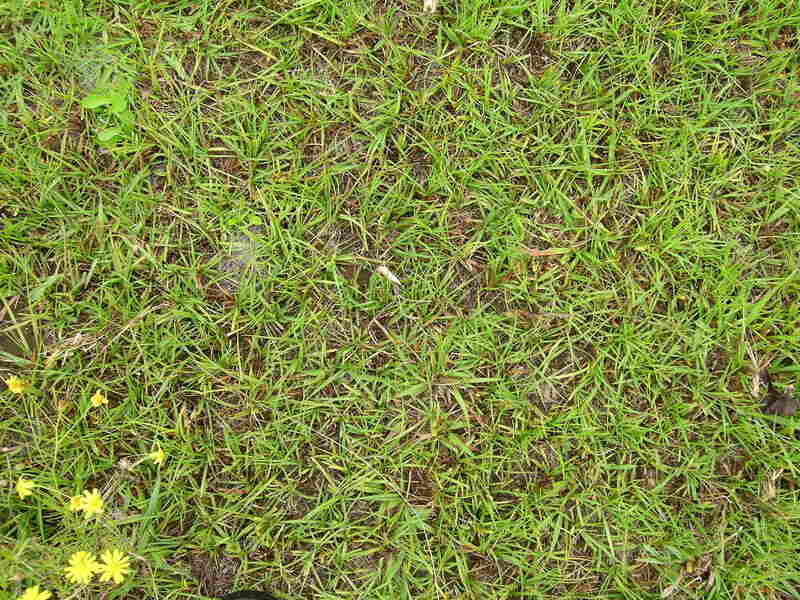
Photo Credit: Harry Rose / Flickr / CC BY 2.0
Weed and feed products also stop other plant seeds from germinating, including grass. Dicamba is an ingredient in many weed and feed combos. The chemical penetrates the roots of plants, destroying the vegetation. Do not use weed and feed on grass or other plants that have been recently seeded.
5. Timing
For weed killer to be effective, it must be used when weeds are mature and actively growing. Pre-emergent herbicides and post-emergent herbicides should be used in the spring and fall. However, these are not necessarily the best times to fertilize your lawn. You may end up putting fertilizer on your grass at a bad time when using weed and feed products to treat weeds.
Likewise, you may apply weed and feed products when the time to fertilize your lawn comes around, but the weed control does not work because the weeds are not mature and actively growing, or it is not in the time period when herbicides are most effective.
Applying fertilizer or herbicide at the wrong time of year can not only render the products ineffective, but it can also actively damage your grass. For example, nitrogen fertilizers can hurt your grass if the temperature isn’t within the right range when you apply them.
The timing of when you reseed or overseed your lawn may also conflict with when you want to use weed and feed products. An application of weed and feed products after seeding your grass can stop the grass seeds from germinating and kill them before they ever sprout.
6. Harms Pets

Photo Credit: Bk_Kang / Canva Pro / License
You may not have children, but you have fur babies. Chemical fertilizers and weed-killing products also pose dangers to pets. The toxins can cause serious illness, including cancer, and can even lead to death. Fur babies are exposed the same way as humans, as they absorb the chemicals into their bodies by walking on the lawn, inhaling the substances by sniffing, and ingesting them by licking their paws.
If you want to kill weeds in a way that doesn’t put your pet’s health at risk, see our list of pet-safe weed killers.
7. Damages Shrubs and Trees
Tree roots expand further than under the tree, meaning they can be under your grass, too. Multiple applications of weed and feed on your lawn can damage the roots of trees and shrubs. These plants can sustain substantial damage when weed and feed is applied during the plants’ active growth season, which is usually in the spring and fall.
Safer Alternatives to Weed and Feed
There are manufactured products and do-it-yourself weed control methods that are human and pet-safe, unlike weed and feed products, which use harsh chemicals. Some safe alternatives can even be used to treat weeds and fertilize the lawn at the same time.
Look for products that do not contain chemicals like glyphosate. Read labels and choose those with natural ingredients like vinegar. Here are some safe, organic methods you can use to control weeds and/or fertilize your lawn.
Pulling by Hand
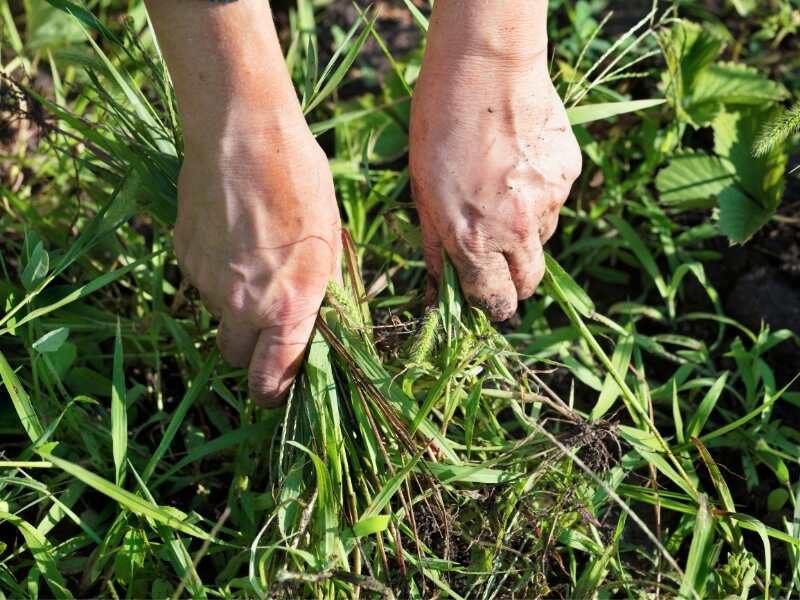
Photo Credit: Sergii Petruk / Canva Pro / License
You can pull up dandelions and other broadleaf weeds when you first see them sprouting. Using a dandelion fork may make it easier to extract the weed and get as much of the taproot out as possible.
Vinegar or Boiling Water
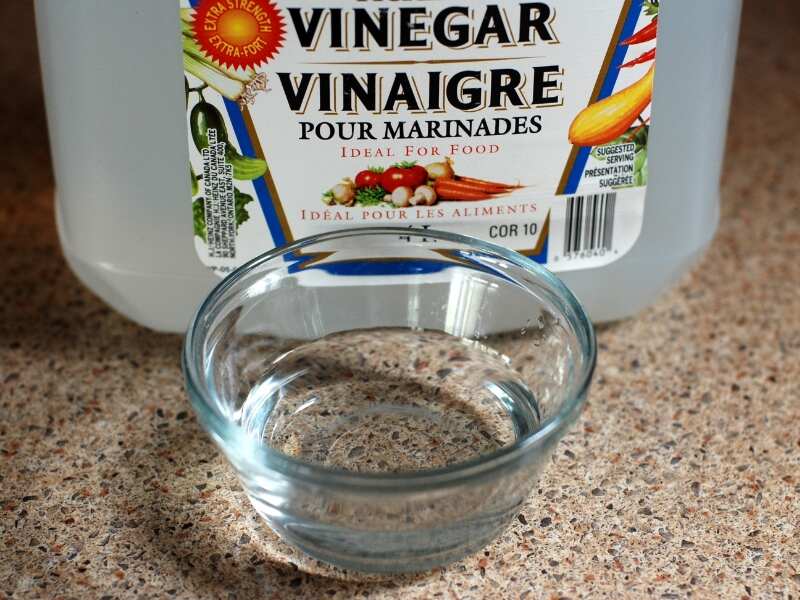
Photo Credit: NatureFriend from Pixabay / Canva Pro / License
You can use boiling water or an herbicidal version of vinegar to kill the aboveground parts of weeds, then pull up the root systems once the weeds have died. Vinegar and boiling water can kill other plants, so spot-treat weeds individually, and don’t use these methods on or near your grass.
Corn Gluten Meal
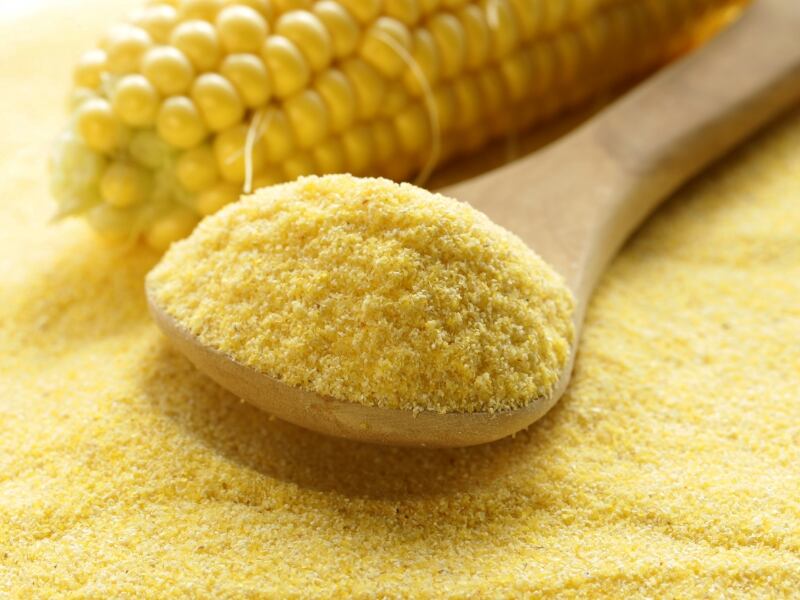
Photo Credit: Olga Kriger / Canva Pro / License
Corn gluten meal is a safe, organic fertilizer. It contains nitrogen, which is the most important nutrient for making grass greener.
And although corn gluten meal does not kill weeds that have already grown, it suppresses them. It keeps weed seeds from germinating, acting as a pre-emergent herbicide. Depending on the type of weeds, apply corn gluten meal in early spring or fall.
Mulch
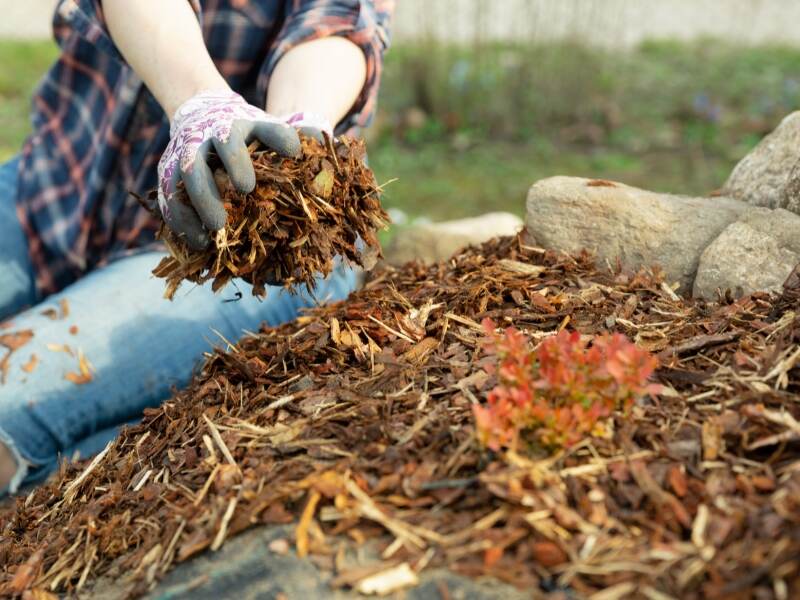
Photo Credit: artursfoto / Canva Pro / License
Mulch keeps weeds from sprouting, and if you use organic mulch, it will break down into the soil over time and act as a fertilizer. Mulch has other benefits, too. It protects roots from extreme temperatures and prevents soil erosion.
Grass clippings are an example of organic mulch. After mowing your lawn, the clippings can be left on the lawn as a natural fertilizer and weed suppressant. However, don’t use your grass clippings as mulch if there are already weeds growing on your lawn, as this could spread the weed seeds to new areas.
What is Weed and Feed?
Weed and feed products contain ingredients to manage weeds and fertilize the grass. They are a two-in-one solution that allows homeowners to prevent or destroy weeds and feed the grass nutrients that enhance the lawn.
Weed and feeds come as pre-emergents and post-emergents. Pre-emergent weed and feeds have chemicals that prevent weed seeds from germinating. Post-emergent weed and feeds contain ingredients that kill weeds that have sprouted and are growing.
The lawn fertilizer portion is typically a combination of nitrogen, phosphorous, and potassium, which are the three most important nutrients for plants.
If you would like to try weed and feed despite the downsides covered in this article, see our guide on how to use weed and feed. You’ll also need to make sure you know when to water your lawn after applying weed and feed for the best results.
FAQ About Weed and Feed
How can you reduce your chances of getting weeds?
The best way to deal with weed problems is to be proactive. Practicing proper lawn care and maintenance is the best strategy to prevent weeds. A healthy lawn makes it harder for weeds to sprout. Fertilize, water, and mow your grass properly and at the right intervals. Also, check and treat your grass for diseases and insects.
What are some conveniences of weed and feed?
Weed and feed products can save you time and effort. Here are some of their benefits:
— They allow you to treat weeds and provide your grass with nutrients for a green lawn in one application.
— These products kill a lot of common weeds, including broadleaf weeds like dandelions and chickweed.
— You can treat a large weed-infested area more quickly.
— These duo lawn care products are widely available at home improvement stores and garden centers.
Are weed and feed products always granules?
No. Some weed and feed products come in liquid form. These chemicals are also dangerous, but you can spot-treat a smaller area by applying the chemicals with a sprayer. This reduces the amount of your lawn exposed to harmful substances and released into the environment.
However, spot-treating will lead to an unevenly fertilized lawn, which is why we generally recommend fertilizing the lawn and treating for weeds separately.
Hiring a Lawn Care Professional
The chemicals in weed and feed products can not only damage your lawn if not used properly, but their use alone can have substantial negative effects on you, your family, and the environment. It may be best to hire a lawn care professional to handle fertilization and weed control for your lawn.
Experts come with these advantages:
— Expertise to identify lawn weeds to match them with the proper weed-killing products.
— Knowledge of the best products for your situation and when to apply them.
— Ability to determine if you need spot treatments or wider coverage.
— Skills to properly apply the chemicals.
Using the right chemicals the right way reduces unnecessary exposure or mistakes that can cause damage and cost you money and time. For example, if you use a weed and feed that is not a crabgrass preventer and you have crabgrass, you will have to apply even more herbicides to your lawn to correct your mistake and treat the crabgrass.
WikiLawn can connect you with lawn care pros in your area today who can keep your lawn happy and healthy with proper fertilization, weed control, and everything else your grass needs to thrive.